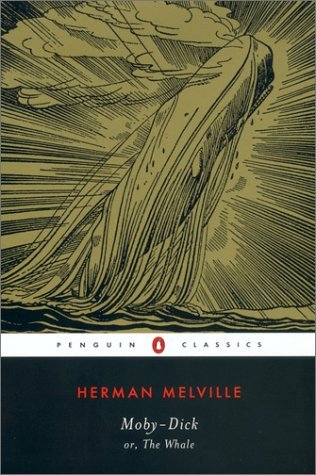
HARDCOVER; 168 P. QUIRK BOOKS, 2014 SOURCE: FROM THE PUBLISHERThe epic trilogy that began with William Shakespeare’s Star Wars and continued with The Empire Striketh Back concludes herein with the all-new all-iambic The Jedi Doth Return – perchance the greatest adventure of them all.
Prithee, attend the tale so far: Hans Solo entombed in carbonite, the princess taken captive, the Rebel Alliance besieged, and Jabbe the Hutt engorged. Alack! Now Luke Skywalker and his Rebel band must seek fresh allies in their quest to thwart construction of a new Imperial Death Star. But whom can they trust to fight by their side in the great battle to come? Cry “Ewok” and let slip the dogs of war!
Frozen heroes! Furry creatures! Family secrets revealed! And a lightsaber duel to decide the fate of the Empire. In troth, William Shakespeare’s The Jedi Doth Return has it all!
This is the third book in William Shakespeare’s Star Wars series. To read my review on the first book, Verily, A New Hope, click here and the second book, The Empire Striketh Back, here.
Excitement is gathering as we face the final book in the William Shakespeare’s Star Wars trilogy. By now this intergalactic battle between the Rebel Alliance and the Empire has seen many victories, losses and chance escapes, and it is finally time for the epic finale. And to be sure, I was excited for this book. This book series has made me re-think my stand to science fiction, and though I’m still not fully won over, I’m eager to watch the Star Wars movies.
The Jedi Doth Return follows the plot of Episode VI – Return of the Jedi where the band of rebels fly to rescue one of their friends from the arms of Jabba the Hutt. With this mission, new secrets are revealed and the blueprints for the final battle are prepared. The story includes a mixture of suspense, secrets, plotting, family relationships, and humour. The illustrations fill in on the description of all the creatures and new characters, and Doescher has again delivers writing that cleverly incorporates some of the famous passages of Shakespeare’s work. (For more, see the study guide on Quirk Books website.)
Although the plot line and its twists have been referenced several times in popular culture, I did not know how the ending would wrap up. Thus the book still held some elements of mystery, which I enjoyed. However, as a whole The Jedi Doth Return was probably my least favourite of the trilogy. I believe that the book stays very loyal to the movie, but in my opinion there are scenes that do not translate well to paper. This is often a problem with plays, as you cannot really describe silent scenes and the action scenes often seem a bit redundant. The overall feeling of this book is more science fiction than Shakespeare, although many of the themes echo the Shakespearean tragedies.
As a whole, William Shakespeare’s Star Wars is an interesting take on the famous movie saga. One of the inspirations for Ian Doescher was Joseph Campbell’s The Hero with a Thousand Faces, a book that draws parallels between the traditional hero stories in the world – using Shakespeare as an example. In fact, the director of Star Wars saga, George Lucas applied this theory when he was writing Star Wars and it was interesting to see how all the phases appeared in the book adaptations. I highly recommend Campbell’s book – as an avid reader and lover of all stories, it really opened my eyes to structures and themes employed in storytelling. But not to digress to far from the original topic, The Jedi Doth Return is a must read for the fans of Star Wars, but also recommendable to those who are interested in Shakespeare.
The Jedi Doth Return is released on July 1st, 2014.
3.5/5
Until that day I shall be on the scene,
To play my part as pilot: faithful, true,
Committed to the play that doth play out,
Determined to help write our final act –
To lift our noble cause e’en by a Wedge.
I received a complimentary copy of this book from the publisher in exchange for my honest review.
My review of Verily, A New Hope (#1), The Empire Striketh Back (#2) AND The Phantom of Menace (#4).









